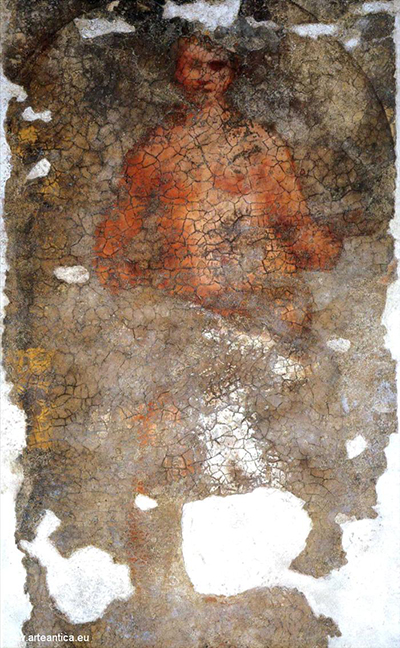It is not often that an ancient and disused warehouse should raise so much excitement, but this warehouse is one with a lengthy and fascinating past! Originally built in the 1200s, the warehouse was home and place of business to German merchants who plied their wares to and from Venice.
After some three hundred years, the building was lost to a fire, and, in the early 1500s, it was replaced with the building that we can see today. Two art students were given the task of decorating the frontage of the building that looked out onto the Grand Canal, and they leapt to their task with alacrity. Sadly, the weather and time, along with the destructive salty humidity of the air, soon destroyed much of the work – even more a pity when it is discovered that those two students were none other than Titian and Giorgione, two renown artists of the Italian Renaissance, and both students of the celebrated master artist Giovanni Bellini.
For many years, the slow erasure of the frescoes was observed and regretted by artists, historians and any who loved beautiful artworks, but no one knew how to preserve them. Finally, in 1966, a way of removing the remnants of the frescoes was devised, and they were carefully removed from their destructive home and carried to the Ca'D'Oro or Palazzo Santa Sophia, which is now a museum. There are some contemporary watercolours of the building as it was when the fresco could still be seen, winding around the windows and doors and working beautifully alongside the architecture, but sadly, even then, the paintings were already beginning to fade and much of the detail was already lost.
This image, the head and much of the body of a naked woman, one hand drawing her hair over her shoulder in a position that was probably highly symbolic in those days, but whose meaning is sadly to today's audience. Despite the fragmented and blackened state of the frescoes, the nude, the only part of Giorgione's work in the fresco to survive, is in marginally better condition than many other pieces.
This may be because of her position, in a niche, and thus slightly protected from the elements, but also because of depictions of her by other artists, such as the watercolours from the artist Zaccaria dal Bo mentioned above, and an engraving by Anton Maria Zanetti. Giorgione did not live very long, but his surviving artworks show his dedication to making his creations seems alive: and La Nuda (or The Nude), as this fragment is known is no different, the woman's skin seeming to ripple with good health and vitality despite her fragmentary nature.




